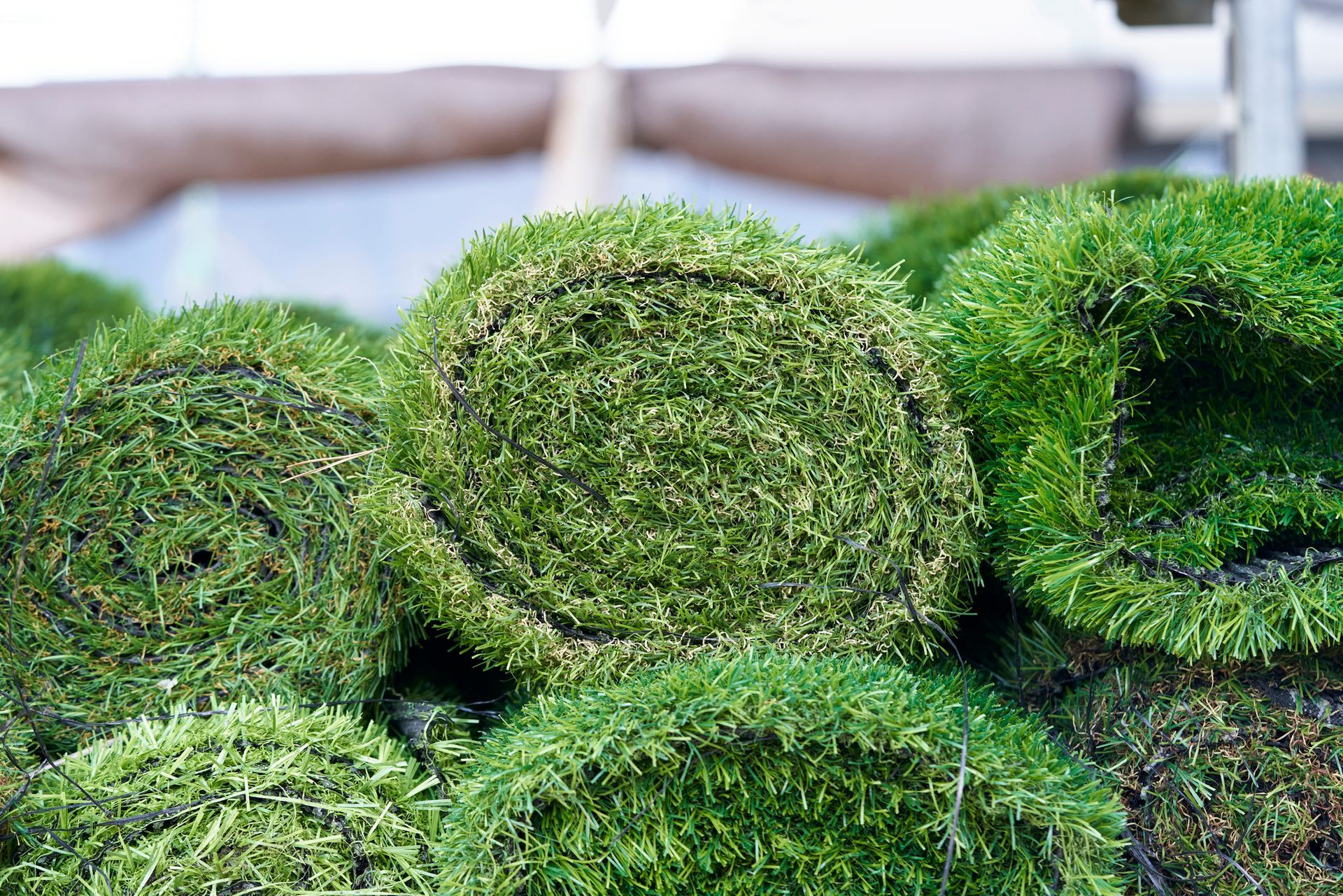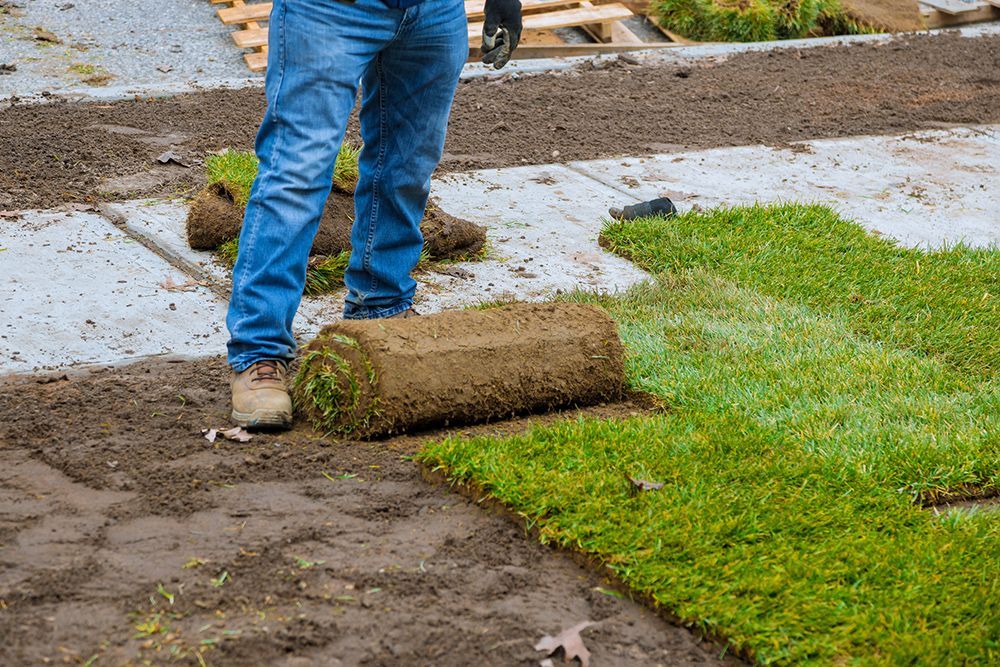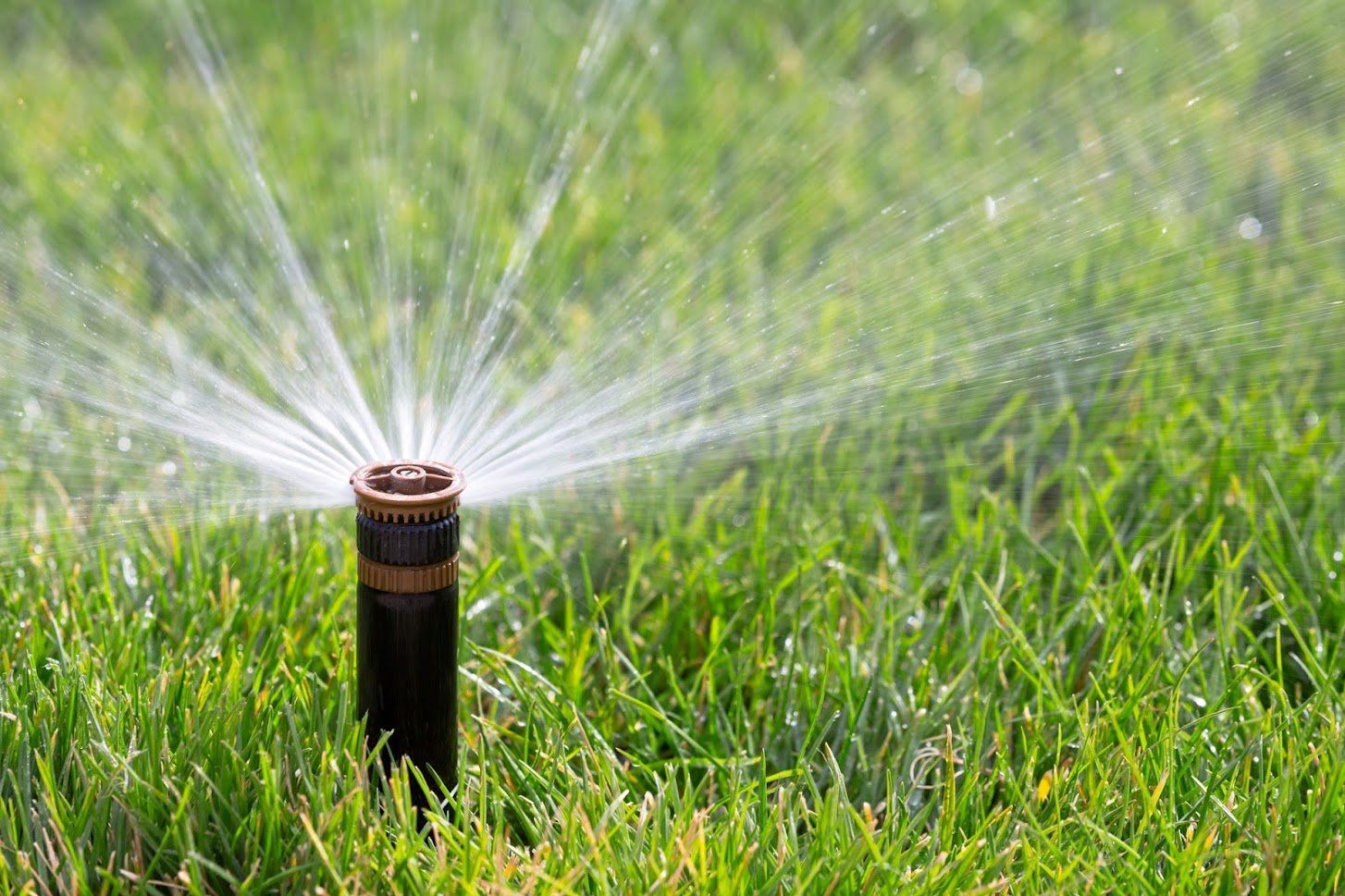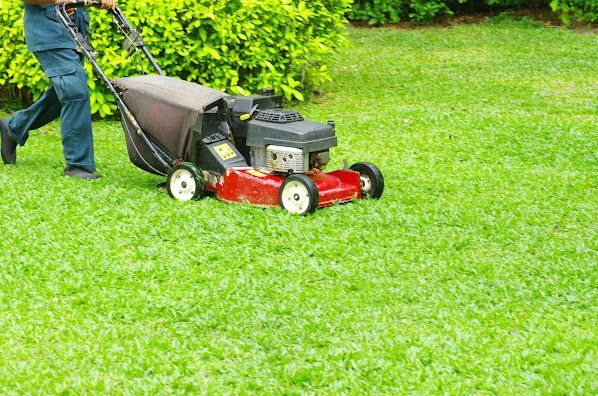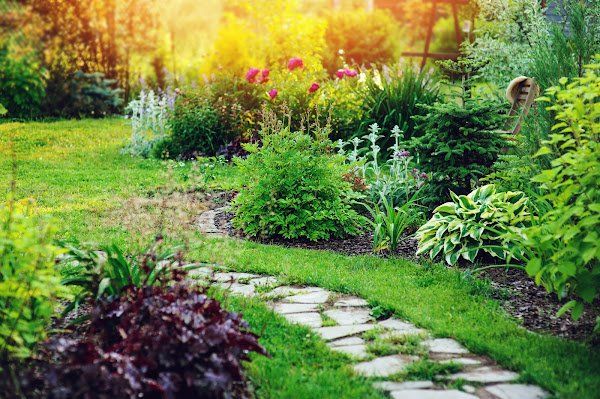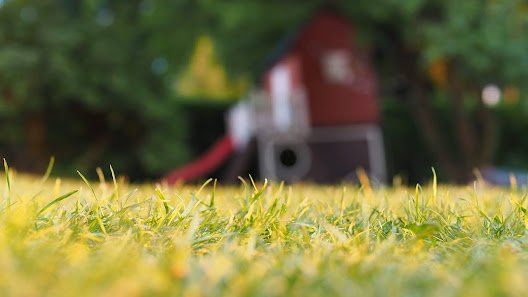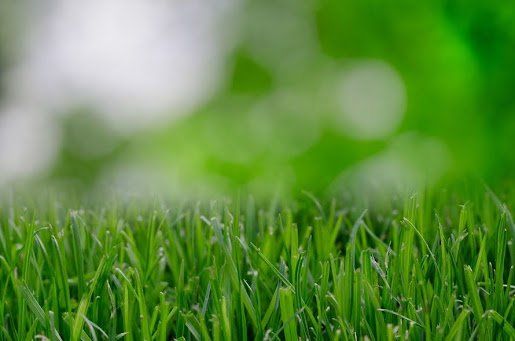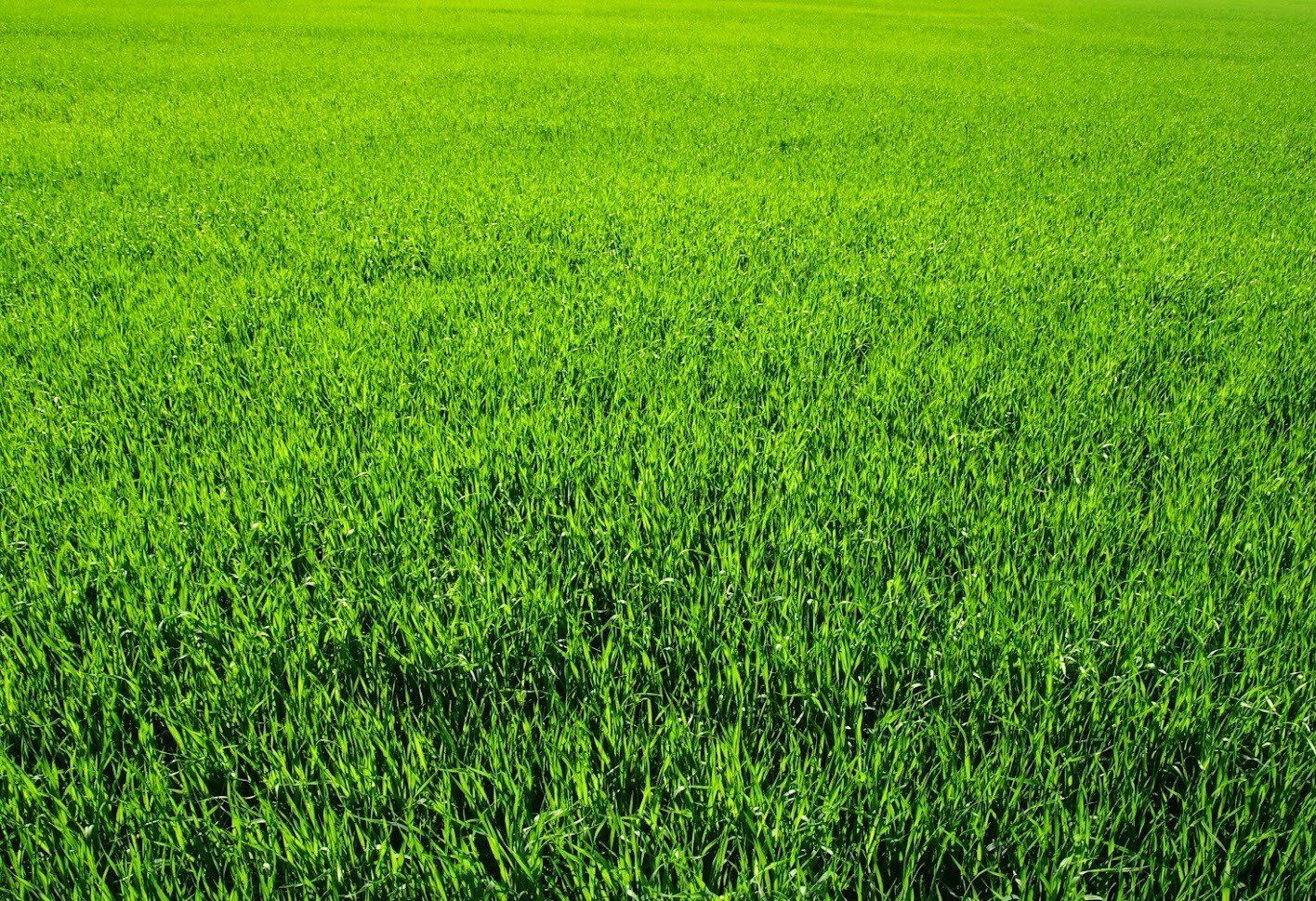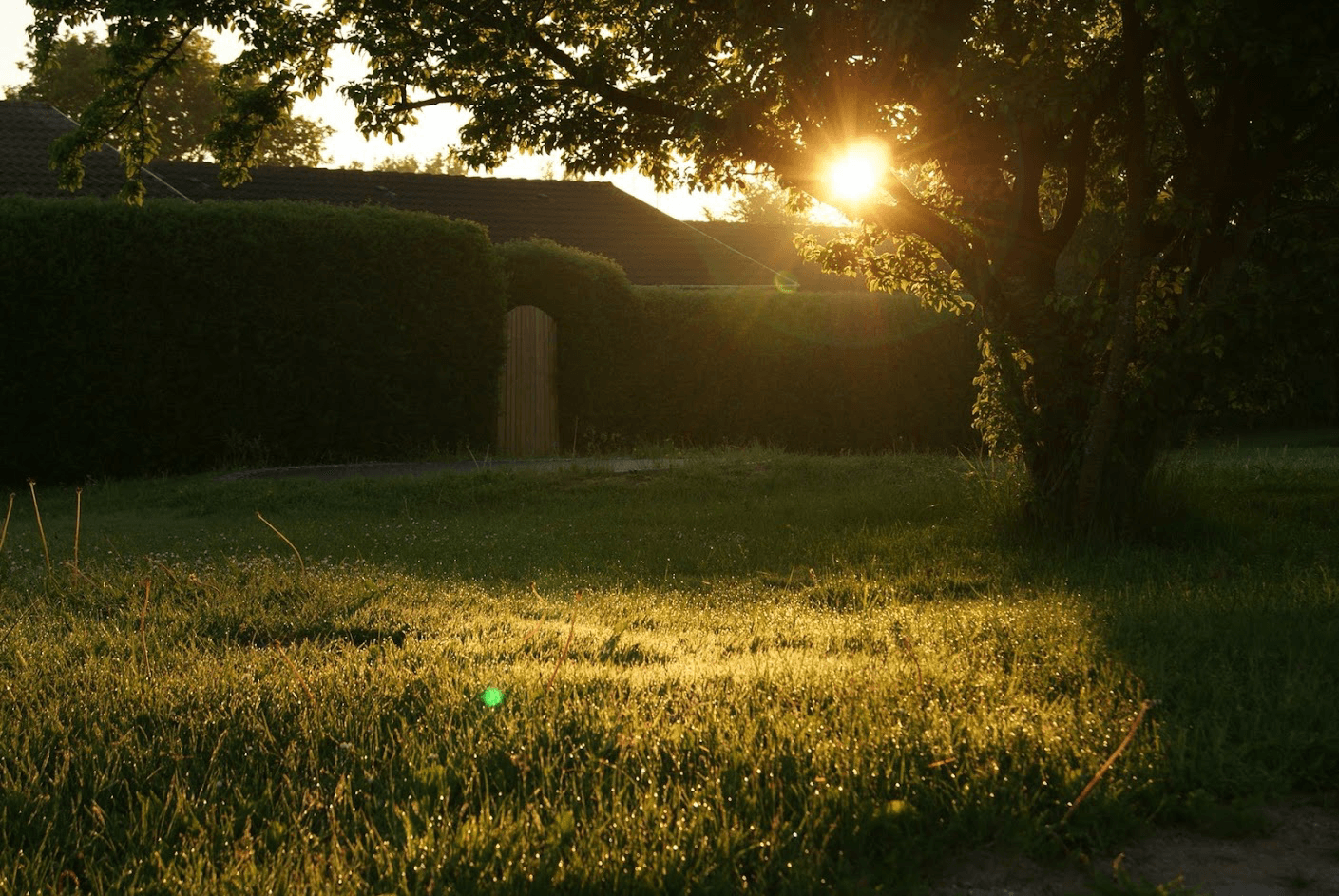4 Reasons to Plant Sod Instead of Grass Seed

Whether you plan to install a new lawn around a home you are constructing or you need to replace a patch of grass in your own yard, you will need to decide whether to plant sod or grass seed. While both lawn options have their unique advantages and disadvantages, sod is a popular option among many homeowners.
Read on to learn four reasons to plant sod instead of grass seed.
1. Establish Your Lawn More Quickly
When you want a new lawn quickly, sod is a better option for you than grass seed. Immediately after put down sod, your yard appears covered in grass, which can instantly improve the curb appeal. While you cannot walk on your new lawn directly after sod placement, sod can handle foot traffic after it takes root, which can occur just two to three weeks after installation.
Grass seed, on the other hand, takes much longer to establish than sod. Even under ideal growing conditions, most grass seeds take about 10 to 12 weeks to establish a root system. The ground you plant them on cannot be walked on during this time period. In addition, some grass seed types, including warm-season grasses, can take up to a year to grow into a full, plush lawn.
2. Worry Less About Weeds
When you lay sod instead of planting grass seeds, you can worry less about weeds growing. Weed seeds are present in most soil, and when you bring these weed seeds to the soil surface during the tilling process —before planting grass seed or laying sod — they can sprout very easily.
Additionally, grass seeds are vulnerable to weed seed competition, and so many weeds can sprout in the midst of freshly planted grass seed. While you can remove or kill the weeds, ridding the grass of all weeds can be a tough task.
On the other hand, quality sod that is properly laid typically develops a deep root system quickly that outcompetes weed seeds for nutrients present in the soil underneath the sod. When grass roots soak up much of the nutrition in the soil, weed seeds are less likely to thrive.
3. Plant New Grass Year-Round
Every grass seed type has an ideal growing season. For example, some cool-season grasses, such as Kentucky bluegrass and tall fescue, must be planted during the fall, while warm-season grasses, such as Bermudagrass and Zoysia grass, must be planted in the spring or early summer. If you plant your grass at the wrong time, outdoor temperature fluctuations can disrupt the grass seed germination, kill the fresh grass, or create grass that is weak and susceptible to disease.
On the other hand, you can install cool-season sod year-round in every area of the country without sacrificing its health, while warm-season sod can be placed year-round in the Southern United States only.
Surprisingly, mid-winter is actually a great time to install sod in colder areas of the country, even when the ground is frozen. Maintaining proper sod hydration can be easier during the cold winter because water you provide your new grass is less likely to evaporate when outdoor temperatures are low.
4. Pick Up the Process Easier as a Novice Gardener
Many inexperienced gardeners make the mistake where they sprinkle or plant grass seed haphazardly on the surface of their lawns, water the seed, and then wait for grass to sprout. However, grass seed needs to be planted and cared for properly, and many inexperienced gardeners find this process challenging.
For instance, grass seed needs an ideal mix of sunlight, heat, moisture, and oxygen to germinate. If the seeds obtain too much or too little of any of these elements, they can fail to thrive and may never even sprout.
Sod, on the other hand, has already been expertly germinated in ideal growing conditions. Grass seed has passed the germination stage and is already thriving in sod form, which is easy for even the most inexperienced gardener to care for properly.
Keep these four advantages of sod in mind when compared to grass seed while you decide which to plant in your yard. Contact the sod experts at Novasack Turf Farm to discuss your new sod options today.

